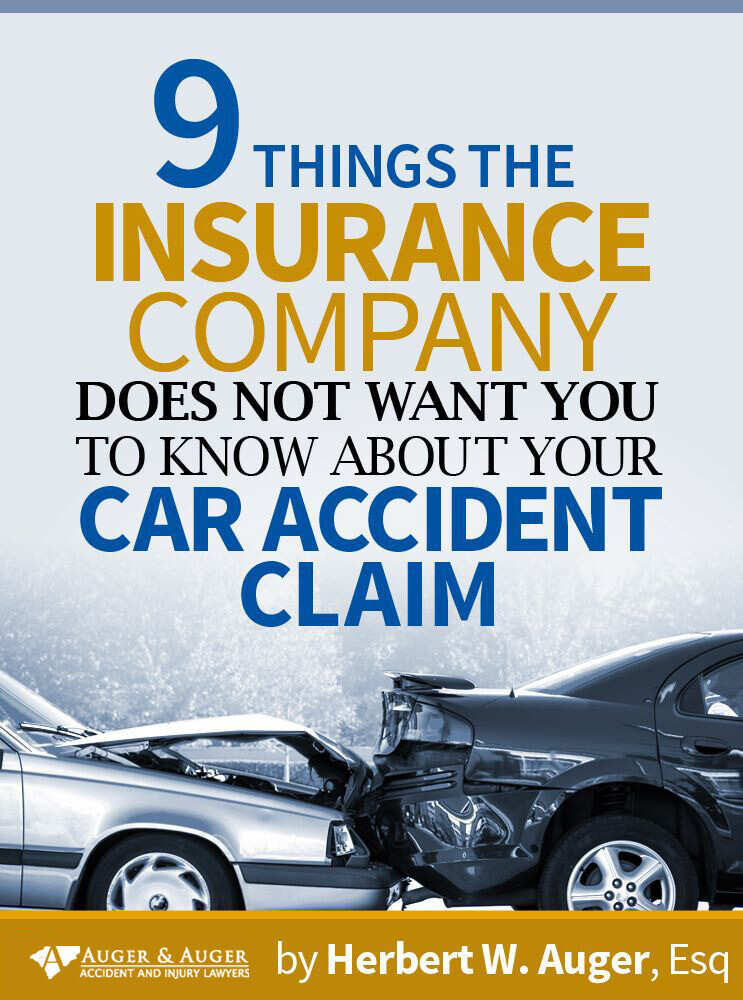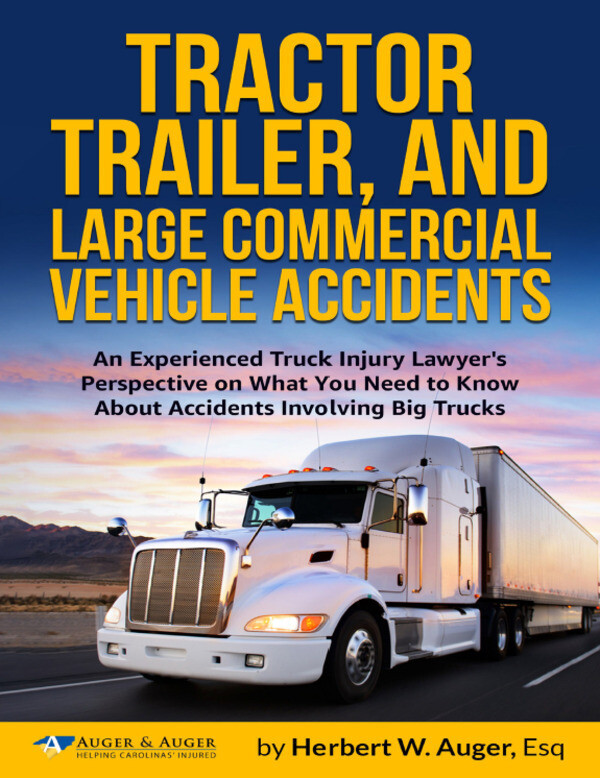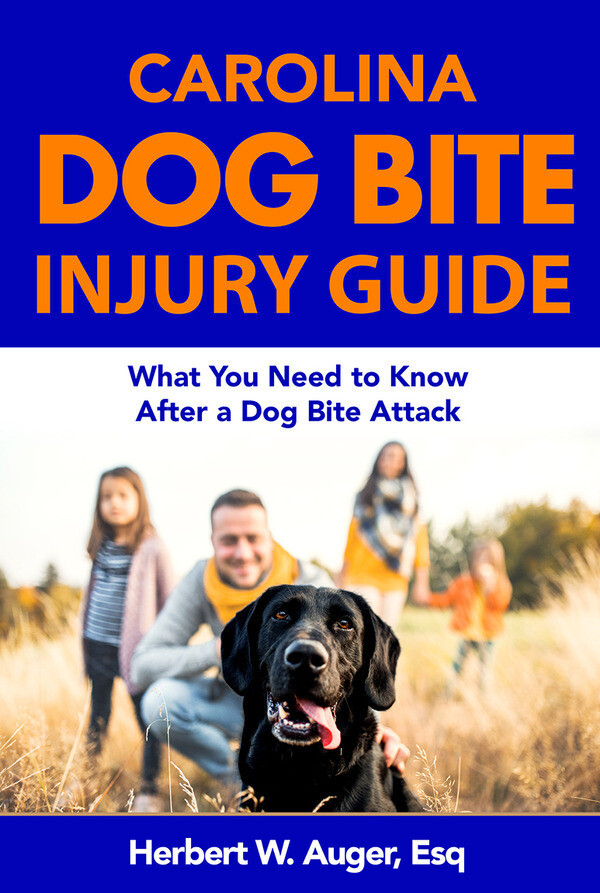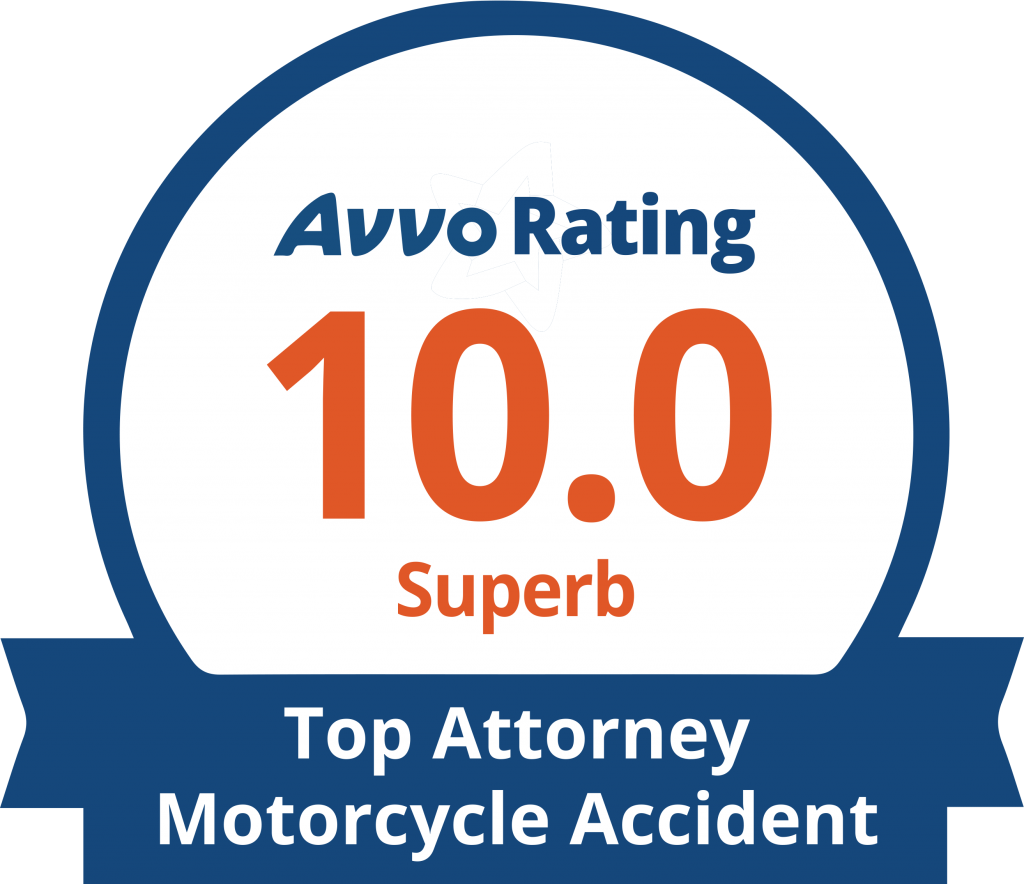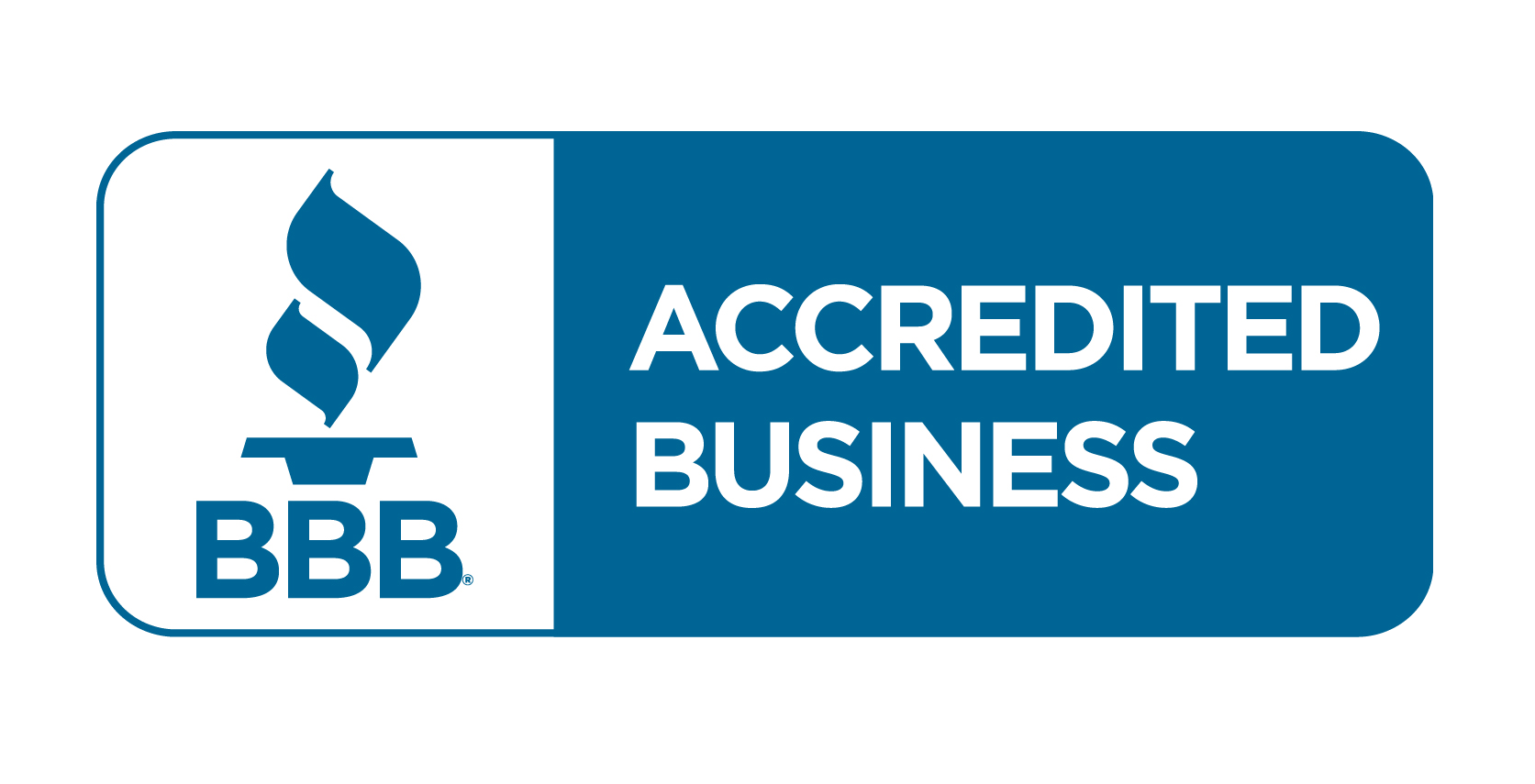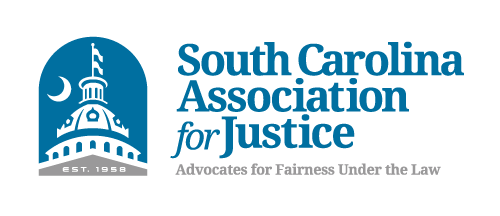Wearing a seat belt is one of the most important steps you can take to remain safe while riding in a vehicle. According to the CDC, there is a 45 percent lower risk of death and a 50 percent lower risk of serious injury for drivers and front-seat car passengers who are wearing seat belts when they get in an accident. For the year 2017, seat belts were credited with saving almost 15,000 lives in the US. In particular, seat belts greatly reduce the risk of being ejected from a vehicle when an accident occurs. Car occupants are about 30 times more likely to be ejected in a crash when not wearing a seat belt, and more than 75 percent of those who are ejected die from their injuries.
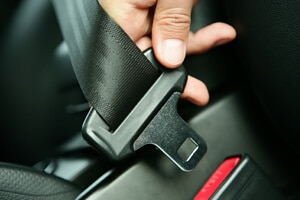
Seat belts also protect you by helping airbags keep you safe. Airbags open with a powerful outward force that can easily injure or even kill an unrestrained passenger. Your seat belt can keep you further back from the airbag, allowing it to expand and protect you while reducing the risk of injury.
However, it’s important not just to wear your seat belt, but to make sure you’re wearing it correctly. Shoving the shoulder strap out of your way or tucking it under your arm instead of letting it fall across your chest could put you at more risk of injury in an accident. Instead, the shoulder belt should go over your chest, and shouldn’t be near your neck. The lap belt should lie over your hips, not your stomach.
If you can’t get your seat belt to fit you well, don’t give up – you’re not stuck with the seat belt as is. Seat belt extenders or adjusters may be able to get you the secure fit you need. Vintage cars that come with only lap belts can also be retrofitted with shoulder straps for added security.
The state of South Carolina wants to keep people safe on the roads. In addition to various traffic laws, they’ve also enacted seat belt laws to help reduce traffic deaths and injuries. All drivers and occupants of a motor vehicle are required to wear federally-compliant, fastened seat belts whenever the vehicle is driven on public highways or roads. The vehicle’s driver is responsible for ensuring that anyone under the age of 18 is wearing a seat belt in their car (or secured in a car seat appropriate for the child’s age and size). However, the state recognizes that the driver can’t be responsible for other adults wearing a seat belt. Drivers are also not responsible for minors who have a valid driver’s license, special restricted license, or beginner’s permit, as they are expected to know the laws about seat belt use.
There are some exceptions for situations where wearing a seat belt is not practical:
- If the car occupant has a written note from a doctor that they can’t wear a seat belt for physical or health reasons
- Emergency services personnel helping to care for a sick or injured person in an emergency vehicle (like an ambulance), and sick or injured people traveling in emergency vehicles
- Buses for schools, churches, or daycares
- Most public transportation, like buses (taxis are the one exception since they come with seat belts like a typical car)
- People riding in vehicles during parades (these usually move very slowly, so the risk of injury is relatively low)
- United States mail carriers
- People who can’t use a seat belt because all other seat belts are being used by other individuals
- Drivers or riders in a vehicle that didn’t come with seat belts
What If You’re Not Going Very Far?
You should still wear a seat belt. The fact that you’re making a short trip doesn’t decrease your risk of an accident. In fact, most crashes that result in fatalities occur within 25 miles of the victim’s home, and at speeds of less than 40 MPH. Even if you’re just running to the neighborhood store for one item, you should still buckle up.
Another misconception some people have is that seat belts can actually be harmful in a crash. The truth is that your car is full of hard surfaces that can hurt you, from the steering wheel to the windshield. Your seat belt is one of the few items in your car that can actually provide some protection in a crash.
Enforcement of South Carolina Seat Belt Safety Laws
Since December of 2005, South Carolina has used primary enforcement of seat belt laws. Under the previous policy of secondary enforcement, law enforcement officers could write someone a ticket for not wearing a seat belt only if they had been stopped for some other reason (such as speeding or running a red light). With primary enforcement, an officer can pull over a vehicle for seat belt infractions. The officer has to have a clear view of the person not wearing a seat belt (or a child not in an appropriate child restraint system) before pulling the vehicle over for that infraction.
Who gets a seat belt ticket? This comes back to the rules of responsibility mentioned above. The person not wearing a seat belt will get the ticket if they are an adult. The driver will get a ticket if a minor who doesn’t have a license or permit is not wearing a seat belt or is not properly restrained in a car seat.
How Much Is A Seat Belt Ticket?
This may vary depending on what county you’re in, but under state law, a seat belt ticket shouldn’t be more than $25. The officer can ticket each person in the car not wearing a seat belt, so if neither you nor your passenger is wearing a seat belt, you could each get a ticket for $25. Also, you can’t be fined more than $50 for a single incident with multiple violations. So if your three children aren’t wearing seat belts, you would still only get a $50 fine.
However, you should not let that deter you from practicing seat belt safety. Riding without seat belts is dangerous for children, and you should regularly check to make sure they are still buckled in if they have a habit of getting out of their seat belts. Of course, you shouldn’t take your eyes off the road to do this. Try checking when you’re stopped at a light, and always make sure kids are safely belted in before leaving your driveway. If you do get a ticket because one of your kids took off their seatbelt when you weren’t looking, you can teach them responsibility by making them pay you back from their allowance. But it’s also important to model good behavior – child seat belt use declines by 40 percent when the child’s parents don’t wear seat belts.
South Carolina Child Passenger Safety Law
South Carolina’s Child Passenger Safety Law provides guidelines for ensuring your child is in an appropriate restraint system for their age and size. These are as follows:
- Babies younger than 2 years old should ride in a rear-facing car seat in the back seat of the vehicle until they exceed the height or weight limit specified by the car seat’s manufacturer.
- Children who are 2 years old or have passed the manufacturer’s specifications for a rear-facing seat should be moved to a forward-facing seat in the back seat of the vehicle. They should stay in this restraint system until they exceed its height or weight requirements as well.
- Kids who are at least 4 years old and have moved past the manufacturer’s specifications for their forward-facing seat should be secured in a booster seat in the rear seat of the vehicle until they meet the requirements to use a seat belt. The booster seat should be used with both lap and shoulder restraints.
- Once the child is at least 8 years old or 57 inches tall, they can use a regular car seat belt if they can wear one safely. This means that the lap belt should fit across the child’s hips and thighs, the shoulder belt should pass over the center of the child’s chest (and not the neck), and the child should be in a position to sit with their back straight against the seat cushion, with their knees bent over the lower seat edge, without slouching.
- If you can’t afford an appropriate car seat, there may be low-cost programs to help. Some people who receive WIC or Medicaid qualify for assistance with obtaining a child car seat. You can also check with local nonprofits or churches, as they sometimes have low-cost car seat programs.
To keep your child safe, it’s important to ensure you have the right car seat for your child, and that your car seat is installed properly. Correctly installed child safety seats can reduce the risk of death in an accident by 71 percent for babies, and 54 percent for toddlers. The NHTSA offers a detailed page with guidance on choosing and installing a car seat, including how-to videos, that you can view here.
But What If You’re A Careful Driver?
Great! You should absolutely drive carefully. Obeying all traffic laws, maintaining a safe following distance, and driving defensively. These practices can help you to avoid accidents in some situations. However, not every accident is avoidable, and at the end of the day, you can’t control what other drivers do. What you can do is always wear a seat belt, so if an accident does happen, you’ll have a lower risk of serious injury or death.
At Auger & Auger Accident and Injury Lawyers, we’re always happy to provide a free consultation on car accidents or other personal injury cases. If you’re not sure whether you have a case or not, this is a good way to find out without any risk. We also work on a contingency basis and offer a “zero fee guarantee,” which means we won’t charge you anything if we don’t win your case. If you have questions or concerns about your car accident, please contact us today to learn more about your options for getting compensation. Call (800) 559-5741 or contact us online today.


